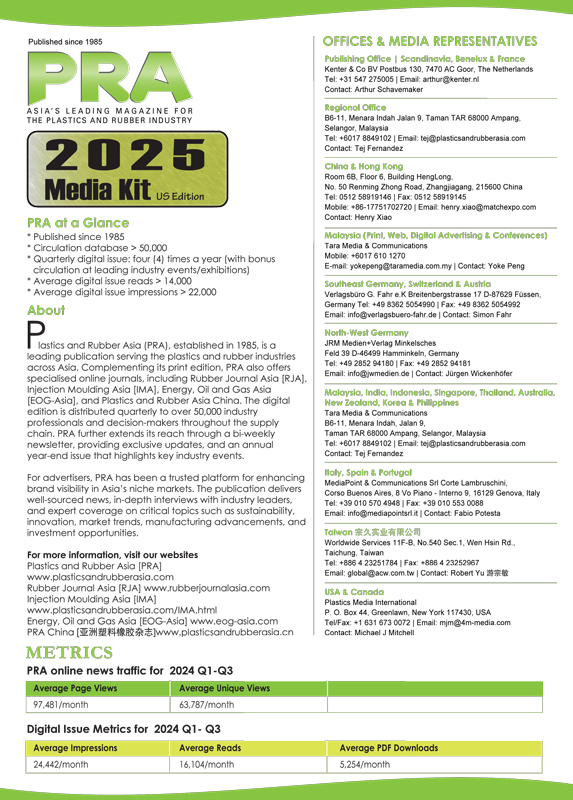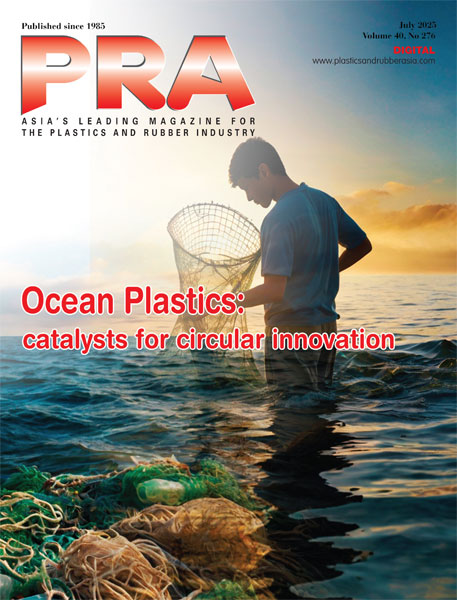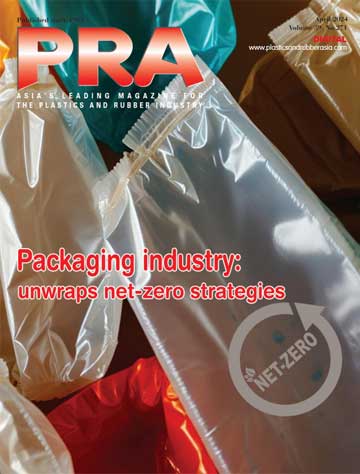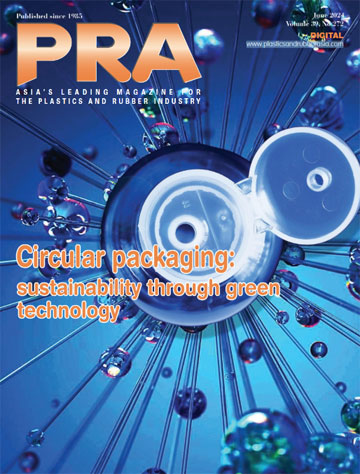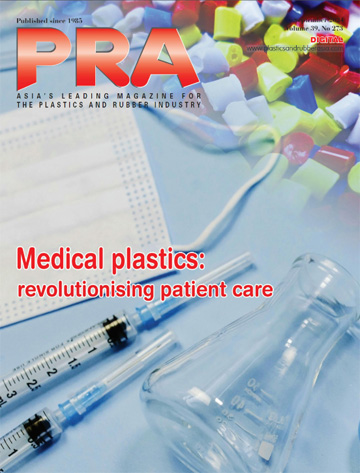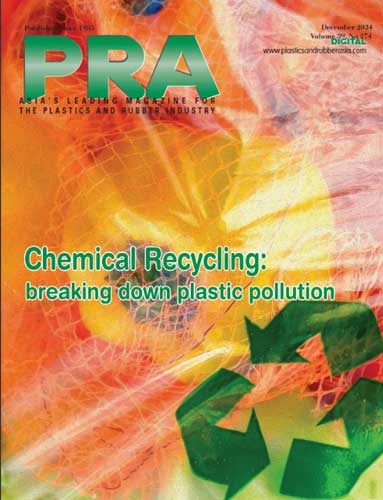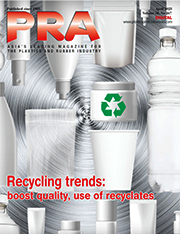Conductive Plastics: Making conductive plastics effectively and chemical-free
It’s mouldable, biocompatible and glitters like gold. Plastic that can conduct an electric charge is a material that can be used for everything from sensors that can monitor our health to self-cooling clothing or electronic adhesive plasters that can be applied to the skin and send data directly to a mobile phone.
Researchers at Chalmers University of Technology in Sweden recently presented a ground-breaking ‘recipe’ that makes it easier to manufacture this kind of soughtafter electrically conductive plastic in larger quantities – without the use of harmful chemicals, and in a much more cost-effective way.
“Once higher production volumes are achieved, it is possible to work with the material in a completely different way. Larger quantities are needed to enable the development of a range of applications, for example in biotechnology, energy storage, and wearable electronics,” says Christian Müller, Professor at the Department of Chemistry and Chemical Engineering at Chalmers and co-author of a study recently published in Science Advances.
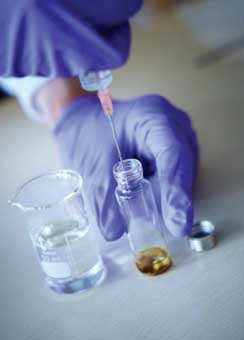
In the lab in the Chemistry building at Chalmers, doctoral student Joost Kimpel is able to easily mould the gold-coloured material with his gloved fingers.
Currently, the market price for just 100 g of this type of conductive plastic would be around US$100,000 – about ten times as much as actual gold. But for the human body, it is in fact the absence of metals that makes this material so valuable.
“While some metals can corrode in humid environments, conductive plastic is an organic material that our bodies are comfortable with. The material is compatible with the body’s own tissue, while also being a semiconductor. There’s also an environmental advantage in that you don’t need to use the rare earth elements required for today’s electronics,” says Kimpel, first author of the new study.
Electronic adhesive plasters with connectivity
There is great interest in conductive plastics or conjugated polymers, the scientific term for them, and the applications are many, not least in biotechnology.
According to the researchers, these applications could include sensors that monitor medical conditions, provide information about fitness and health, or adjust the delivery of drugs for diseases that are difficult to treat.
With this kind of technology, the body can be connected to other wearable electronics, and even to our mobile phones.
Conductive plastics can also be used for various kinds of implants or be 3D-printed to create electronic adhesive plasters that can detect an infection, for example. It is for this reason that research into conductive plastics is being carried out in many parts of the world.
Unexpected lab results behind the latest advances
The key to the new manufacturing method was discovered quite serendipitously during a routine experiment in the lab. When a chemical reaction was happening too fast and the resulting plastic was reaching its final state too quickly, the idea came up of reducing the heat in the process.
This was what led to the discovery that the material can be produced at room temperature in significantly fewer steps, with lower energy consumption, and without toxic chemicals.
“The ingredients in our ‘recipe’ are benign and can be used safely in an industrial setting, unlike the highly toxic substances that must be used to produce many conjugated polymers today. Avoiding toxic chemicals in the production process means a safer work environment for staff, gives the consumer peace of mind, and facilitates recycling. In addition, the costs can be radically reduced, as toxic substances require advanced handling, especially in terms of protective procedures, storage and the disposal of residues,” says Kimpel.
Great interest in the new method
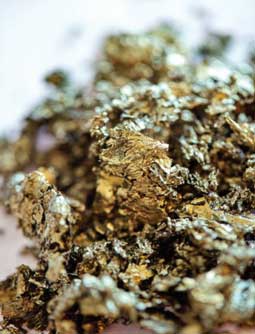
Even though the study was published very recently, the researchers have already noted a great deal of interest, not least from the many researchers at other universities who have contacted them. Now they hope that this new production method will facilitate making conductive plastics more widely available.
“An important discovery made in this study is that the production method makes the conductive plastic much better at conducting an electric charge, which also means that the electronics that use this kind of material can be made more powerful,” says Müller.
The next step in this research will be to continue working on a method that makes it possible to produce even larger volumes – continuously and with exactly the same results every time.
Conductive plastics as organic electronics
One important ingredient for plastics that can conduct electricity are conjugated polymers, a type of semiconductor with properties that make it possible to produce a new type of technology known as organic electronics. The latter can be used in many different applications such as energy conversion and storage, wearable electronics, electronic textiles, and biotechnology attached to or close to the body.
Unlike inorganic materials such as metals, conjugated polymers can be made flexible and soft. They can be applied to surfaces and used to manufacture solar cells, and are compatible with liquids such as sweat and blood, which is important for bioelectronic applications.
Research to make conjugated polymers stable and improve their conductive properties has been conducted for decades.
Subscribe to Get the Latest Updates from IMA Please click here
©2025 Injection Moulding Asia. All rights reserved.
